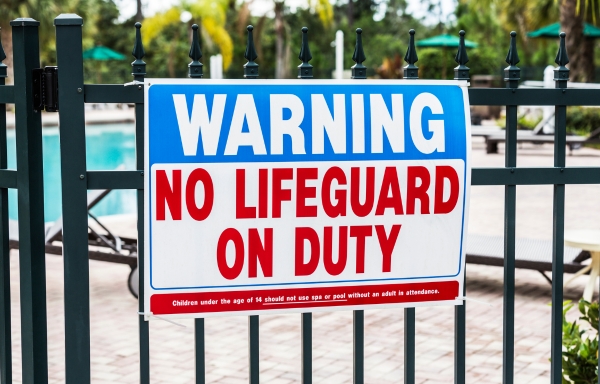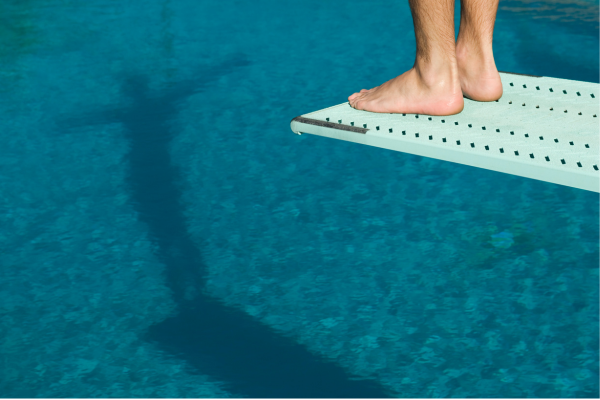The Need for Rescue Stations at Unguarded Swimming Pools

The majority of swimming pools owned and operated by hotels, motels, apartment complexes, and homeowner associations do not require a lifeguard on duty. Instead, these facilities often display large, highly visible signs stating: NO LIFEGUARD ON DUTY, SWIM AT YOUR OWN RISK. Most require guests to supervise their children in the pool but provide no guidance on how that supervision should occur. Health departments across the country require these swimming pools to have rescue equipment available on the pool deck for use during water emergencies, which often includes a 16-foot-long reaching pole with blunted hook or shepherd’s crook, a floatation ring buoy with line attached, an emergency phone, and an AED. These vitally important rescue devices can allow even non-swimmers to effectively rescue swimmers in distress.
While these rescue devices are present, they are rarely, if ever, used during drownings. The problem stems from two key issues: these items are either hidden on the pool deck, or, if detected, the potential rescuers either do not recognize the items as rescue devices or don’t know how to use them.
All swimming pools, public and private alike, are required to have these essential rescue devices. The intention is to enable potential rescuers to aid a victim in the pool without entering the water, thus preventing a double drowning.
With hundreds of swimming pool inspections performed around the country, it has been made evident that the rescue devices are not accessible and prominently displayed as they should be. Shepherd’s crooks are often hidden behind hedges or under lounge chairs, ring buoys are left lying on the floor with throw lines entangling the ring, and emergency phones are either missing or not working. When a water emergency does occur at these unguarded swimming pools, potential rescuers too often waste critical time searching for, reaching, or throwing devices that are not readily available.
This problem can be easily and affordably solved. A wall in the swimming pool compound can be found to hang or mount all the necessary rescue equipment. Alternatively, a “Rescue Station” can be bought or setup on the deck. Large red and white lettering could be painted or tiled on the wall or other station stating “Rescue Station.” Here, all rescue items could be conspicuously mounted so that all attendees can access the equipment. In addition, brief descriptions of each item and short instructions for use could be included at the station, preferably in pictures rather than words. Although an emergency phone is required, an emergency push button alerting the front office as well as 9-1-1 would be a beneficial addition.
If rescue stations became an integral part of all pools, water rescue and resuscitation could be easier and faster to perform, ultimately saving lives.
But rescue stations alone cannot protect all those in unguarded swimming pools. The best protection for inexperienced swimmers are US Coast Guard approved life jackets, which, when properly fitted and worn, significantly improve flotation and stability in the water.
Finally, four important warnings could save lives in unguarded pools especially if warning shapes, colors, and symbols are utilized. These warnings include:
- “PARENTS, PLEASE WATCH YOUR CHILDREN”
- “INEXPERIENCED SWIMMERS NEED LIFE JACKETS”
- “NO PROLONGED BREATH HOLDING”
- “NO DIVING”
These simple and affordable strategies can make a difference when it comes to drowning prevention.

